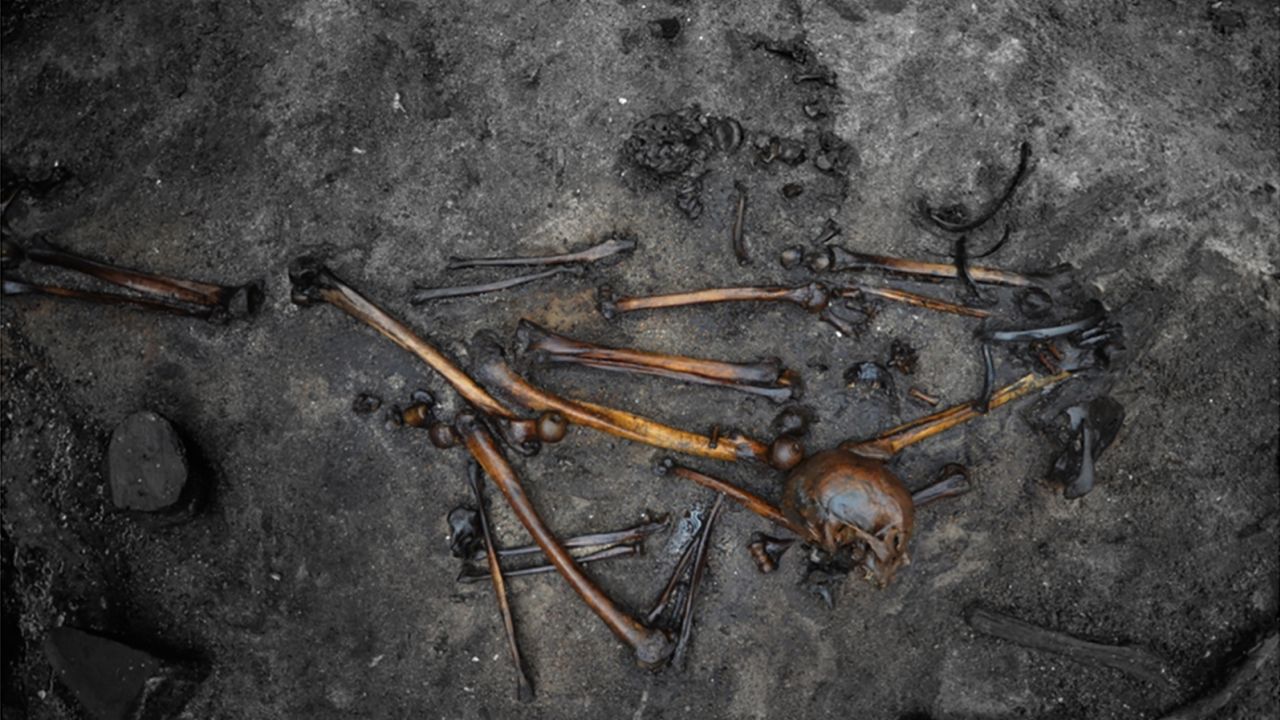
At Alken Enge in Denmark, the remains of at least 380 individuals were deposited in a wetland almost 2,000 years ago.
In 1984, a peat cutter discovered human remains in a bog in Cheshire, England. They belonged to a man who died a brutal death some 2,100 years ago before being placed in the bog — examination of his well-preserved mummy revealed blows to the head, a possible stab wound and a broken neck. Twisted sinew found still wrapped around his neck may have also been a garotte.
Now in the British Museum in London, the remains of the Lindow Man are perhaps the best known of Europe’s 2,000 or so “bog bodies.” These are mummies and skeletons that have been found mired in the peat and wetlands of Ireland, the United Kingdom, the Netherlands, Germany, Scandinavia, Poland and other parts of Eastern Europe.
The bodies — often exquisitely preserved by the bogs’ cool, acidic conditions and organic compounds— provide an exciting snap shot of the past. Archaeologists study their skin, bones, clothes, belongings and sometimes even their last meal. Now, researchers have undertaken the first comprehensive survey of bog bodies — a burial tradition they believe spanned 7,000 years — to build up a fuller picture of the phenomenon.
Read the rest of this article...
No comments:
Post a Comment
Note: Only a member of this blog may post a comment.